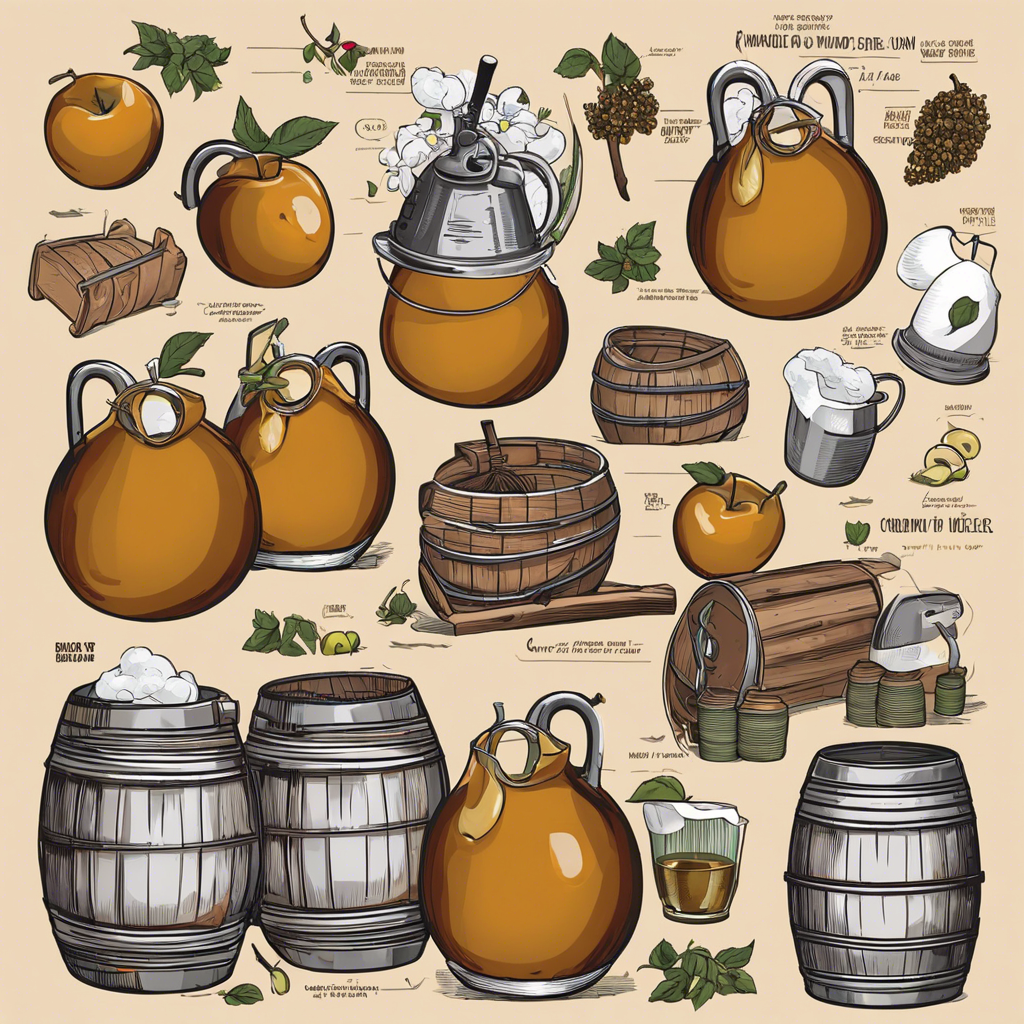The Art of Crafting Hard Cider: A Step-by-Step Guide
Hard cider has been a beloved beverage for centuries, offering a refreshing alternative to beer and wine. Crafting hard cider is an art, and with the right techniques and ingredients, anyone can become a master cider maker. In this step-by-step guide, we’ll take you through the process of brewing your own delicious hard cider at home.
The first step in crafting hard cider is selecting the right apples. While any apple variety can be used, certain types are particularly well-suited for cider making. Look for apples that are high in sugar and tannins, such as cider-specific varieties like Golden Russet, Dabinett, or Yarlington Mill. These apples will impart flavor, aroma, and a pleasant bitterness to your cider. You can pick them yourself or buy them from a local orchard.
Once you’ve gathered your apples, it’s time to start the cider-making process. Begin by washing and crushing the apples to release their juice. You can use a cider press for this step, or if you’re making a small batch, you can even use a heavy-duty juicer. Collect the juice in a clean container, being careful to strain out any large pieces of apple or debris. The resulting liquid is known as “apple must,” which will ferment to become hard cider.
Sanitation is critical to ensuring your hard cider turns out safely and deliciously. Properly sanitizing your equipment prevents the growth of harmful bacteria and wild yeast that could ruin your brew. Use a non-toxic, no-rinse sanitizer to clean all equipment that will come into contact with the cider, including carboys, airlocks, hoses, and any other tools or containers. Always sanitize just before using the equipment to ensure maximum effectiveness.
Yeast plays a pivotal role in the cider-making process, transforming the sweet apple juice into a delightful alcoholic beverage through fermentation. There are two primary types of yeast commonly used in hard cider production: ale yeast and wine yeast. Ale yeast, such as SafAle US-05, produces robust, complex flavors and is more tolerant of cooler fermentation temperatures. Wine yeast, like EC-1118, emphasizes the fruity characteristics of the apples and can tolerate higher alcohol concentrations.
